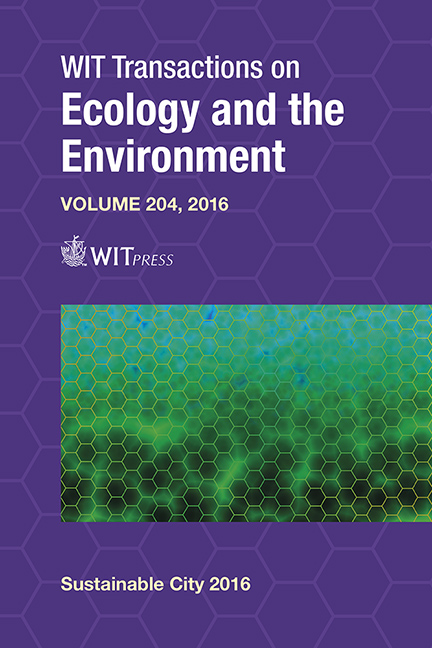Structural Analysis, Measurement Of A Spatial Distribution Model And Classification Of The Construction Of Urban Areas Based On The Benefit From Urban Services: Case Study – Five Districts Of Zahedan
Price
Free (open access)
Transaction
Volume
204
Pages
13
Page Range
711 - 723
Published
2016
Size
461 kb
Paper DOI
10.2495/SC160591
Copyright
WIT Press
Author(s)
B. Darvish, R. Sarvar, F. Sh. Moghaddam
Abstract
Heterogeneity of the distribution system of urban services is one of the most important consequences of the rapid growth of urbanization and physical development of cities in the country in the past decades. It has paved the way for social injustice and having urban services land uses in the regions and neighbourhoods of a city. This research has been developed in order to measure the access level of residents in urban areas of Zahedan for required facilities and services. Initially, per capita of status quo of each individual from service uses of a city’s status quo was extracted by using data and information of the Zahedan Comprehensive Urban Plan and then the scope and distribution of land uses in five districts of Zahedan were examined by utilizing Williamson and entropy models. Finally, each district was evaluated and ranked in terms of having facilities and services. The results of Williamson and entropy models show unbalanced distribution and lack of services in district 4 due to a large and increasing population. The balanced distribution of services is seen in district 5 and studying the results of having urban services and facilities due to TOPSIS model shows that there is a big difference among urban areas in terms of accessibility and urban services so that the highest amount of TOPSIS for district 5 is 0.894 and the lowest amounts are 0.058 and 0.178 for districts 2 and 4 respectively.
Keywords
urban services, spatial distribution, Williamson model, entropy model, TOPSIS technique, Zahedan





